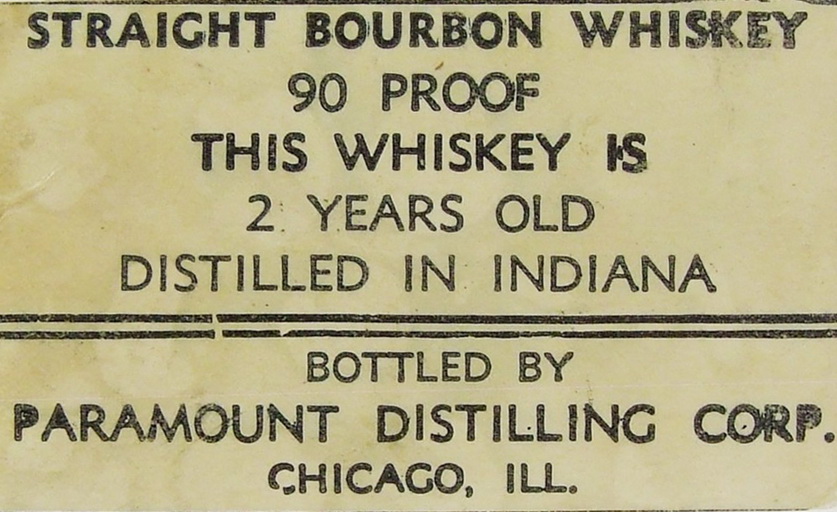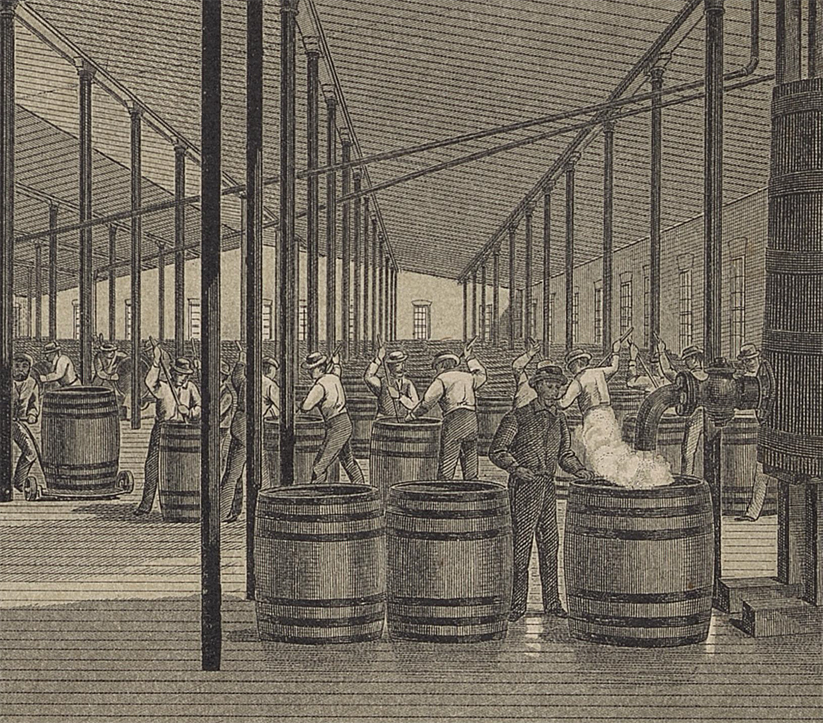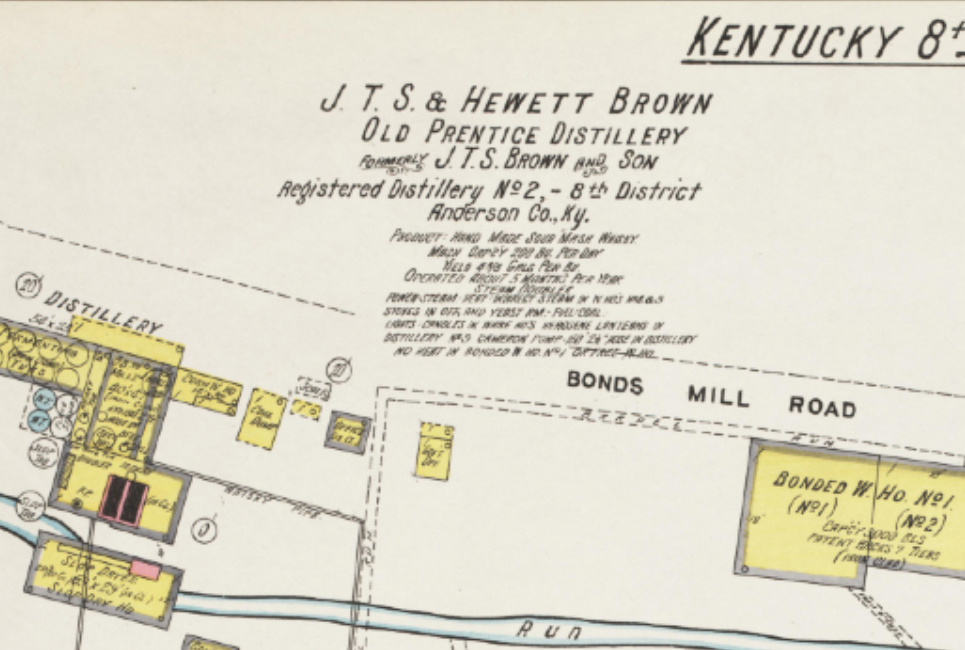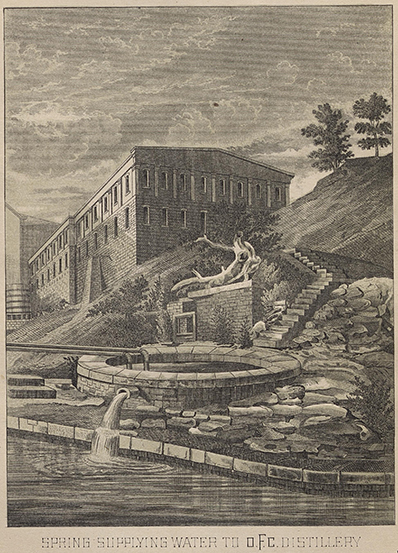The Odd Modern Meaning of ‘Straight’
The Taft Decision in 1906 and then the Pure Food and Drug Act in 1909 both used the term ‘straight’ to define the manner in which a whiskey had been made, e.g. if it had been made solely from distilled grain and aged in wood, without any additives other than water, then it was ‘straight.’ But then in 1938, the definition gets modified to include a minimum term of aging (two years). What were the people who wrote this thinking? Or was it just poorly written?







